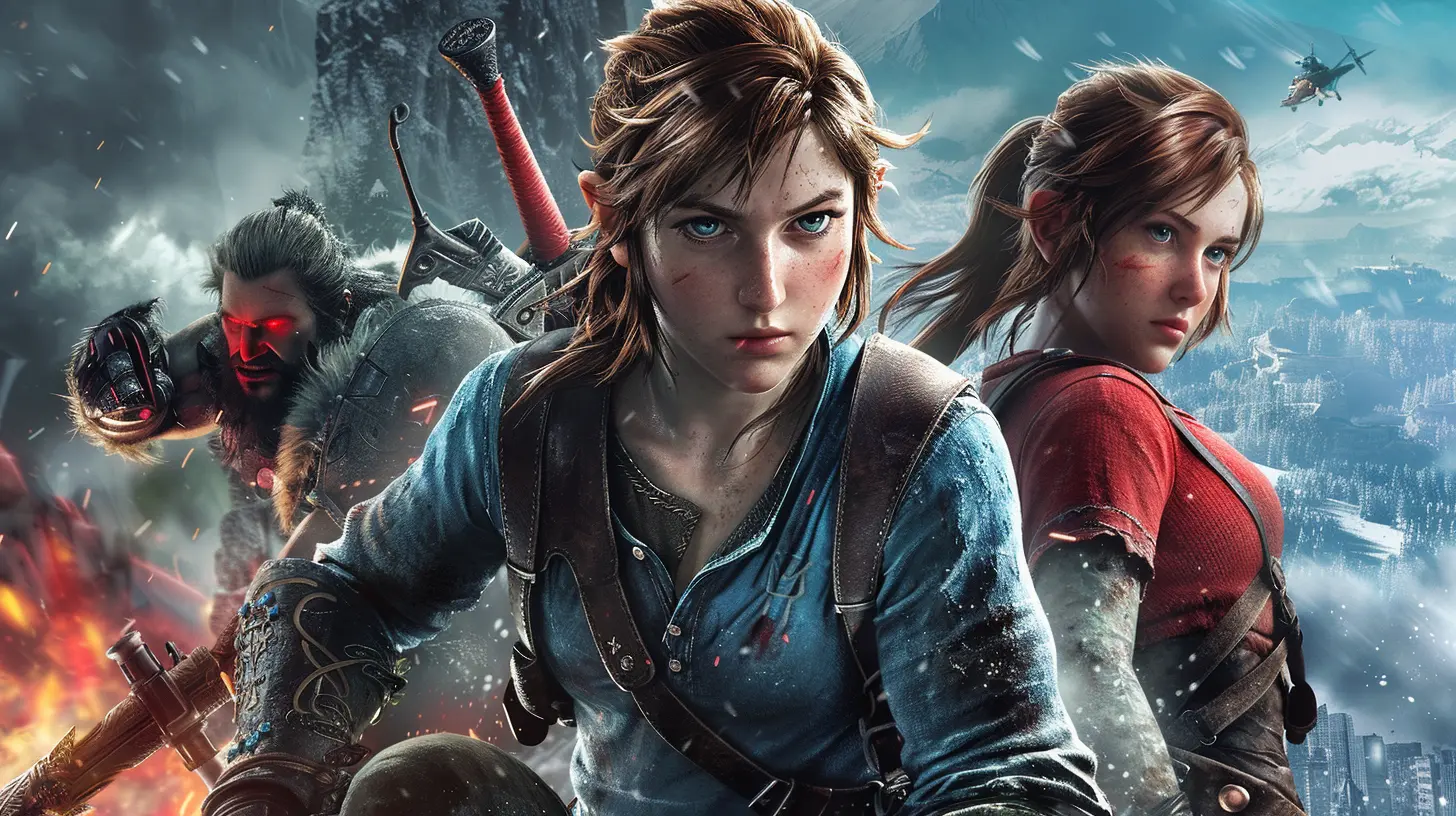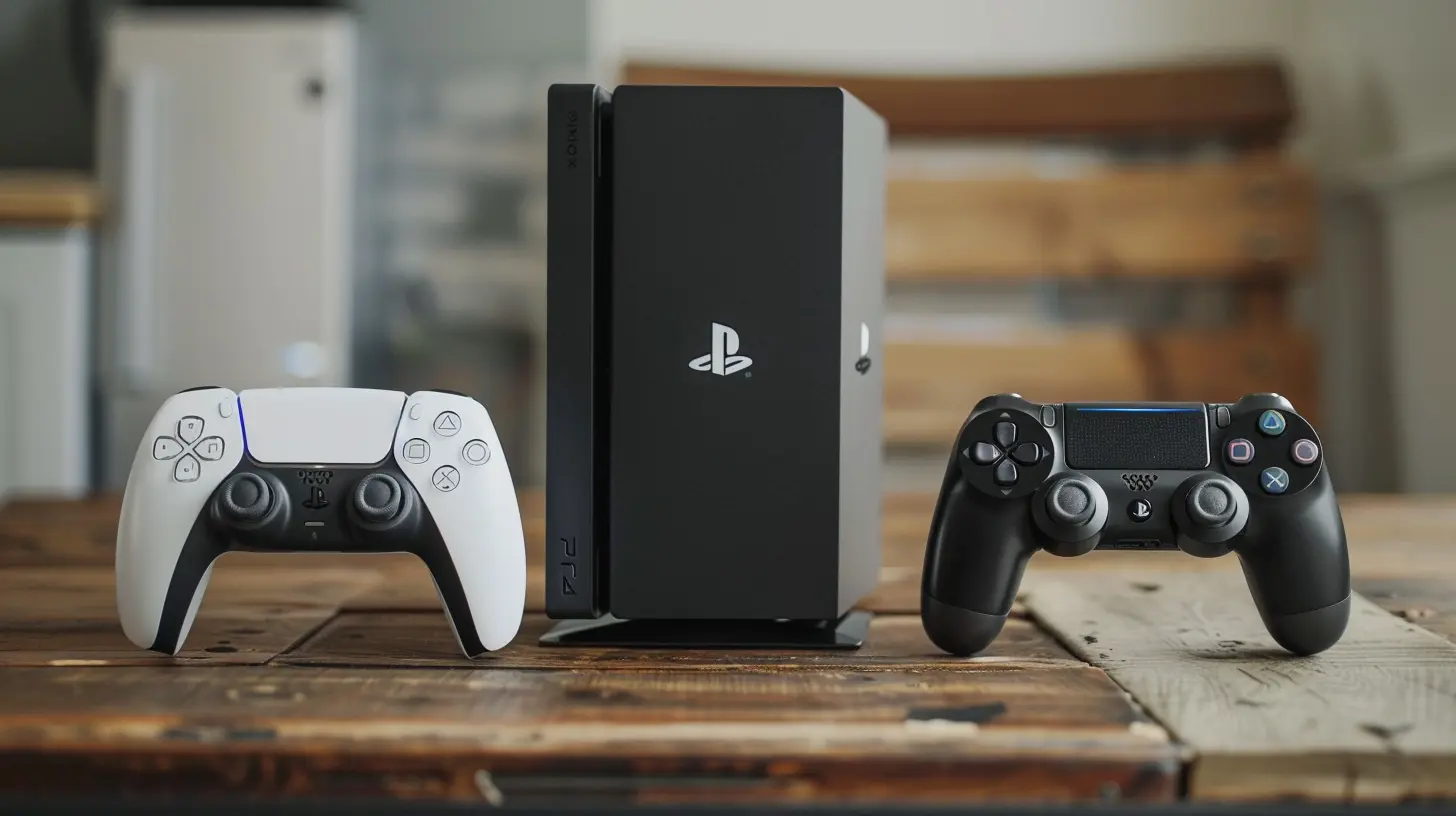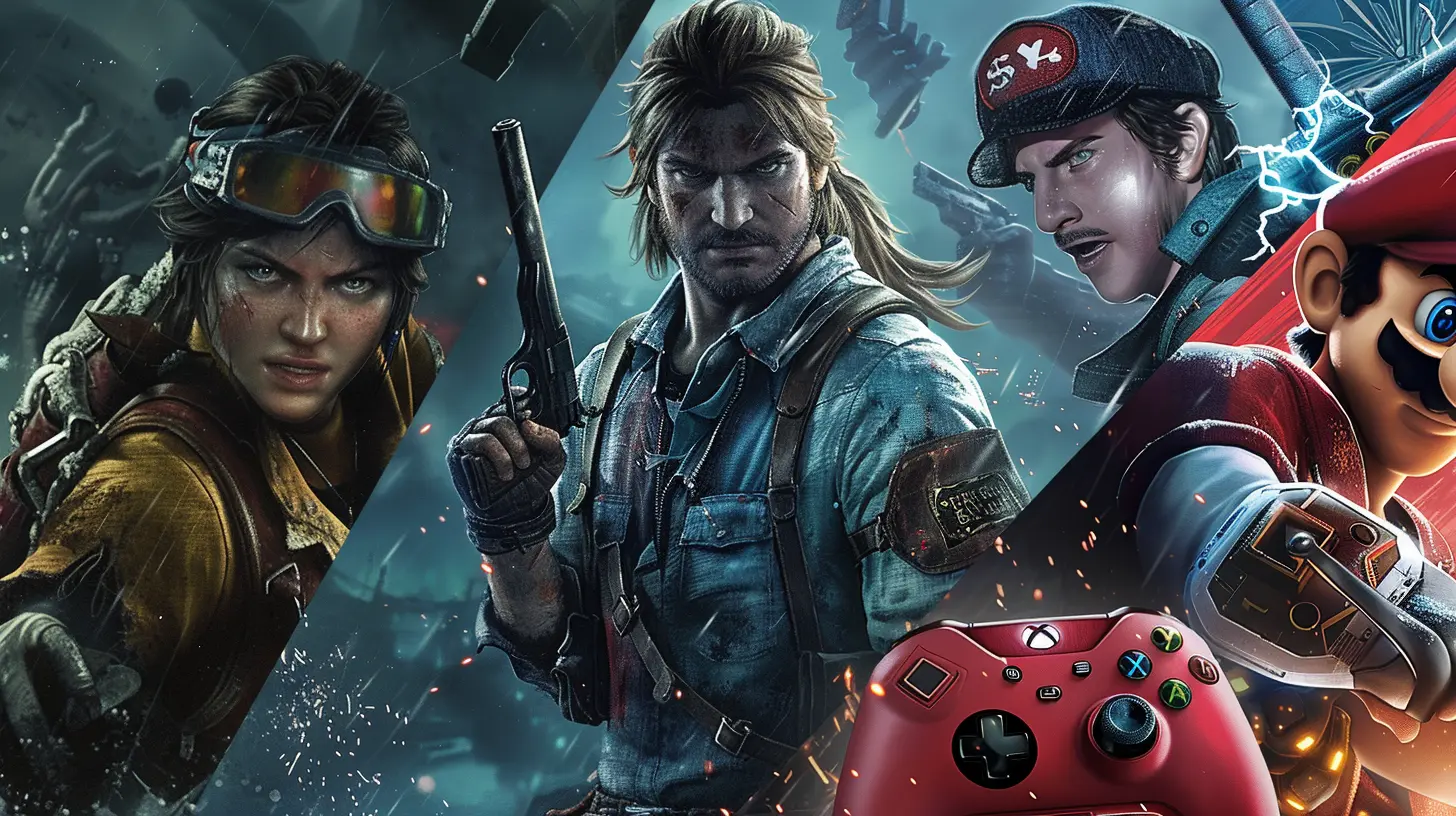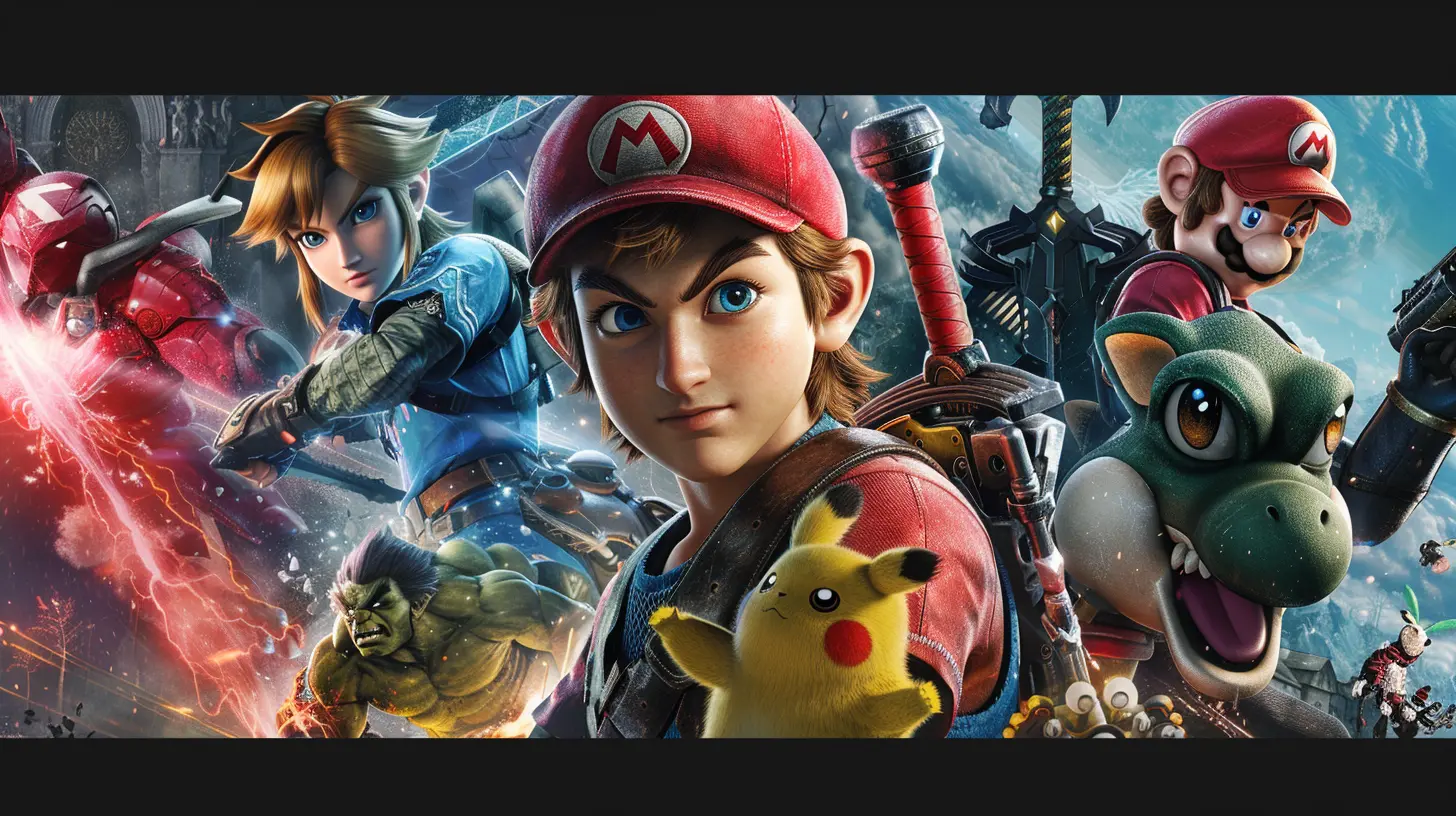A Look at the Gaming Platform Wars: What's Next for PlayStation, Xbox, and Nintendo?
2 June 2025
Gaming has gone beyond just being a pastime—it’s a global phenomenon, a culture, and for some, a way of life. And at the heart of this multi-billion-dollar industry are three juggernauts: PlayStation, Xbox, and Nintendo. Whether you’re a loyal fan of one or someone who happily dips their toes in all three ecosystems, you’ve probably noticed the ongoing “platform wars.” It’s like the battle of the titans, and nobody’s giving up their crown anytime soon.
But where do these gaming giants go from here? How will they raise the bar in an era of cloud gaming, subscription services, and next-gen hardware? Grab your controller—or your popcorn—and let’s dive into what’s next for PlayStation, Xbox, and Nintendo.
The Current State of Play: Where Are We Now?
Before we talk about the future, let’s take stock of the present. Each platform has carved out its own niche. They’ve got different strengths, weaknesses, and audiences. It’s kind of like a rock-paper-scissors situation: no single platform is the absolute “winner,” but each has its advantages.PlayStation: The King of Exclusives
Sony’s PlayStation 5 is currently riding high on the strength of its blockbuster exclusives. Games like Horizon Forbidden West, God of War Ragnarök, and The Last of Us Part II have cemented PlayStation as the console for gamers seeking cinematic, story-driven experiences. Let’s be real, no one does big-budget exclusives like Sony.Despite supply chain issues in its early days, the PS5 is now more accessible, and its momentum hasn’t slowed down. From its cutting-edge DualSense controller to its first-rate VR offerings, Sony is playing to its strengths: immersion.
Xbox: The Ecosystem Powerhouse
If PlayStation is all about exclusives, Xbox is all about inclusion. Xbox Series X and Series S might not have the same standout exclusives as Sony, but they do have Game Pass—a subscription service so good, it’s often called the “Netflix of gaming.” Seriously, it’s a game-changer.The Xbox ecosystem is also deeply tied to cloud gaming, allowing players to stream games on their phones, tablets, and even TVs. Microsoft seems to be less concerned about selling hardware and more focused on wrapping you into its expansive ecosystem. And honestly? It’s working.
Nintendo: The Innovator in a League of Its Own
Nintendo is like that quirky artist who refuses to follow trends—and yet somehow always manages to set them. The Switch isn’t competing on raw power; instead, it’s all about versatility and fun. Titles like The Legend of Zelda: Breath of the Wild, Animal Crossing: New Horizons, and Mario Kart 8 Deluxe continue to dominate sales charts.But the question on everyone’s mind is: What’s next for Nintendo? The Switch has been around since 2017, and as much as we all love it, it’s starting to show its age. 
What’s Next for PlayStation?
Let’s talk about Sony. While PlayStation is currently thriving, the gaming landscape is shifting. Subscription services and cross-platform play are becoming more important, and Sony has been slower to adapt than its competitors.PS5 Pro and Beyond
The rumor mill is buzzing with talks of a potential PS5 Pro. Will it happen? Probably. Sony has a track record of releasing upgraded versions of its consoles mid-cycle (PS4 Pro, anyone?). A PS5 Pro could offer better performance and 8K capabilities, which might not be necessary today but could future-proof the console for the years to come.More PS VR2 Integration
Sony’s second-generation VR headset, the PS VR2, is impressive. But VR is still a niche market. For it to truly go mainstream, Sony needs to integrate VR more seamlessly into its ecosystem. Imagine huge AAA titles with optional VR modes—kind of like adding a side of fries to your burger. It would open up VR to a broader audience.The PC Push
Sony is slowly dipping its toes into the PC gaming market, porting games like Horizon Zero Dawn and Spider-Man to Steam. This could be a massive growth area. If Sony starts releasing its exclusives simultaneously on PC and PlayStation, it could attract an entirely new audience while still catering to loyal console players.
What’s Next for Xbox?
Microsoft’s strategy is less about consoles and more about creating a gaming ecosystem that spans devices. But where do they go from here?Game Pass Will Keep Evolving
Let’s face it: Game Pass is the crown jewel in the Xbox lineup. Microsoft isn’t going to let it stagnate. Expect more high-profile acquisitions (like their recent Bethesda and Activision Blizzard moves). If Game Pass continues to add big-name titles on launch day, it’s going to be hard for anyone to compete.Cloud Gaming
Microsoft’s xCloud is still in its infancy, but it’s growing fast. The idea of playing Halo Infinite on your phone during your lunch break? That’s next-level accessibility. As internet speeds improve globally, cloud gaming could become a viable alternative—or even replacement—for traditional console gaming.The Role of AI
AI might sound like a buzzword, but Microsoft is already using it behind the scenes. Machine learning could make games smarter and more immersive, and Xbox is likely to leverage its AI expertise to create groundbreaking experiences.
What’s Next for Nintendo?
Nintendo operates in its own little bubble, so predicting their next move is like trying to guess the next plot twist in a Zelda game. But there are some educated guesses we can make.The Next Nintendo Console
This is the million-dollar question: What comes after the Switch? A “Switch 2”? A totally new concept? Whatever it is, Nintendo will probably aim for backwards compatibility. They’ll want to carry over the massive success of the original Switch while offering new features to wow players.Expanding the IP Universe
Nintendo has some of the most beloved franchises in gaming history—and they’re not afraid to leverage them. With the success of The Super Mario Bros. Movie, don’t be surprised to see more crossovers into other media, like TV shows, movies, and even theme park expansions (hello, Super Nintendo World).Online Services Upgrade (Finally?)
If there’s one area where Nintendo lags, it’s online services. Nintendo Switch Online is functional, but compared to Game Pass or PlayStation Plus, it feels like a barebones offering. Fingers crossed that Nintendo steps up its game in this department.Are the Wars Even Worth Fighting?
Here’s the thing: The so-called “platform wars” might not even matter anymore. Crossplay is bringing gamers together. Cloud gaming is making hardware less important. And subscription services like Game Pass are proving that the real war is for time and attention—not necessarily for console sales.At this point, the success of these companies might not come down to who has the best console, but who adapts best to the shifting tides of gaming culture. And honestly? That’s better for all of us. When companies innovate, we—the players—win.
Final Thoughts
The future of gaming is looking bright, no matter which side of the battlefield you’re on. PlayStation will continue to wow us with its jaw-dropping exclusives. Xbox will keep expanding its ecosystem to make gaming more accessible. And Nintendo? Well, they’ll keep being Nintendo—quirky, creative, and endlessly fun.As the lines between platforms blur and gaming becomes more inclusive, maybe it’s time to stop thinking about “wars” and start appreciating what each platform brings to the table. Because at the end of the day, it’s not about who wins—it’s about having fun. So whether you’re slaying demons in Doom, catching ’em all in Pokémon, or exploring the vast realms of Elden Ring, just remember: You’re already winning.
all images in this post were generated using AI tools
Category:
Gaming PlatformsAuthor:

Tayla Warner
Discussion
rate this article
3 comments
Leo McCartney
Great overview of the evolving gaming landscape! Excited to see how PlayStation, Xbox, and Nintendo adapt to shifting consumer demands and technological advancements. The competition will only benefit gamers in the end!
June 14, 2025 at 3:06 PM

Tayla Warner
Thank you! I share your excitement about the future of gaming and how competition will enhance the experience for everyone.
Galina Harper
Great insights! It’s fascinating to see how these platforms evolve and shape the future of gaming.
June 6, 2025 at 3:24 AM

Tayla Warner
Thank you! It's exciting to explore how these changes will impact gamers and the industry as a whole.
Lennox McTier
Great article! The gaming platform wars are evolving rapidly, and it's fascinating to see how PlayStation, Xbox, and Nintendo are innovating. Can't wait to see how their strategies unfold and impact the future of gaming!
June 5, 2025 at 3:23 AM

Tayla Warner
Thank you! I'm glad you enjoyed the article. It will be exciting to witness how these strategies shape the future of gaming!



